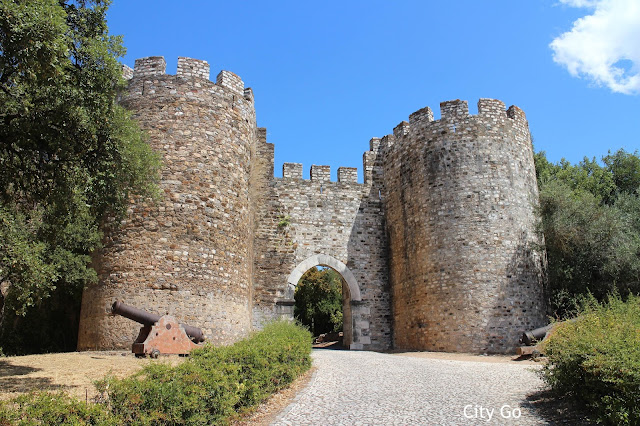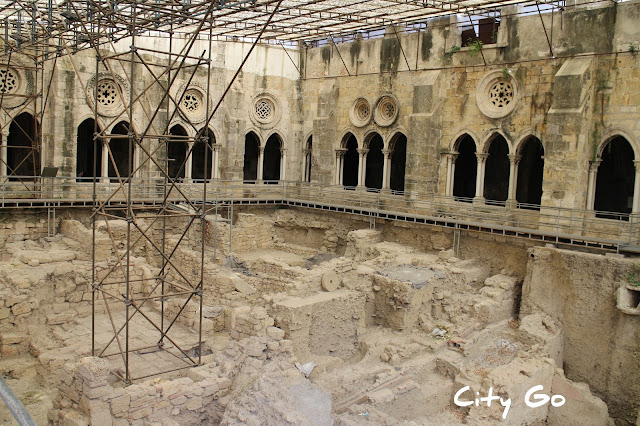Castle of Vila Viçosa, Portugal
The castle of Vila Viçosa was built in the 13th century by order of King D. Dinis. However, little remains of the original structure as it was rebuilt and remodelled several times through the centuries.


It was donated to the Constable of Portugal, D. Nuno Álvares Pereira after he won the Battle of Aljubarrota (1385), which was determinant for Portugal's independence from Castile. D. Nuno and the King of Portugal, D. João I established the Dukedom of Bragança by giving substantial dowries of land to their (to be married) daughter and son, including the castle of Vila Viçosa. The House of Bragança became one of the richest and most powerful Houses in the kingdom. However, the third Duke of Bragança was executed by King D. João II, who sought to weaken the power of the House of Bragança. Without any legitimate heirs, the King was succeeded by the Duke's brother, King D. Manuel I, who reinstated the Dukedom.

On his return from exile, the fourth Duke of Bragança, D. Jaime decided to make Vila Viçosa the seat of is House. At this time the castle had already been converted to an exclusively military structure and was uncomfortable as a residence, which lead to the construction of the Ducal Palace.


In 1640, when the 8th Duke of Bragança declared the independence of Portugal from Spain, becoming king, the castle was once again remodelled to address the defensive needs of the time. It was eventually abandoned in the late 19th century.




The walls were recovered in the 1930s/40s and, after the Fundação Casa de Bragança was created, it became responsible for the maintenance of the castle and the walls. The castle currently houses an Archaeological Museum and a Hunting Museum.

Opening hours: Tue. 14h-17h (18h Jun. Sep.); Wed.-Sun. 10h to 13h and 14h to 17h (18h Jun. Sep.)
Entrance fee: €3 (includes archaeological and hunting museum)

Opening hours: Tue. 14h-17h (18h Jun. Sep.); Wed.-Sun. 10h to 13h and 14h to 17h (18h Jun. Sep.)
Entrance fee: €3 (includes archaeological and hunting museum)




Comments
Post a Comment